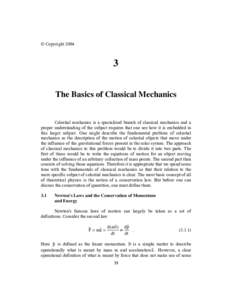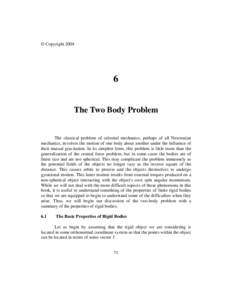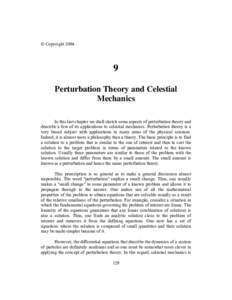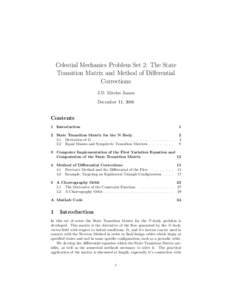 Date: 2011-10-25 14:52:48Geometry Astrology Conic sections Orbits Spacecraft propulsion Orbit Semi-major axis Elliptic orbit Ellipse Astrodynamics Celestial mechanics Space | |  Investigating Juno’s Elliptical Transfer Orbit The Juno spacecraft was initially placed in an elliptical orbit near Earth soon after its launch on August 5, 2011. The orbit was elliptical and designed so that a Deep Sp Investigating Juno’s Elliptical Transfer Orbit The Juno spacecraft was initially placed in an elliptical orbit near Earth soon after its launch on August 5, 2011. The orbit was elliptical and designed so that a Deep Sp
Add to Reading ListSource URL: spacemath.gsfc.nasa.govDownload Document from Source Website File Size: 140,23 KBShare Document on Facebook
|





 Investigating Juno’s Elliptical Transfer Orbit The Juno spacecraft was initially placed in an elliptical orbit near Earth soon after its launch on August 5, 2011. The orbit was elliptical and designed so that a Deep Sp
Investigating Juno’s Elliptical Transfer Orbit The Juno spacecraft was initially placed in an elliptical orbit near Earth soon after its launch on August 5, 2011. The orbit was elliptical and designed so that a Deep Sp